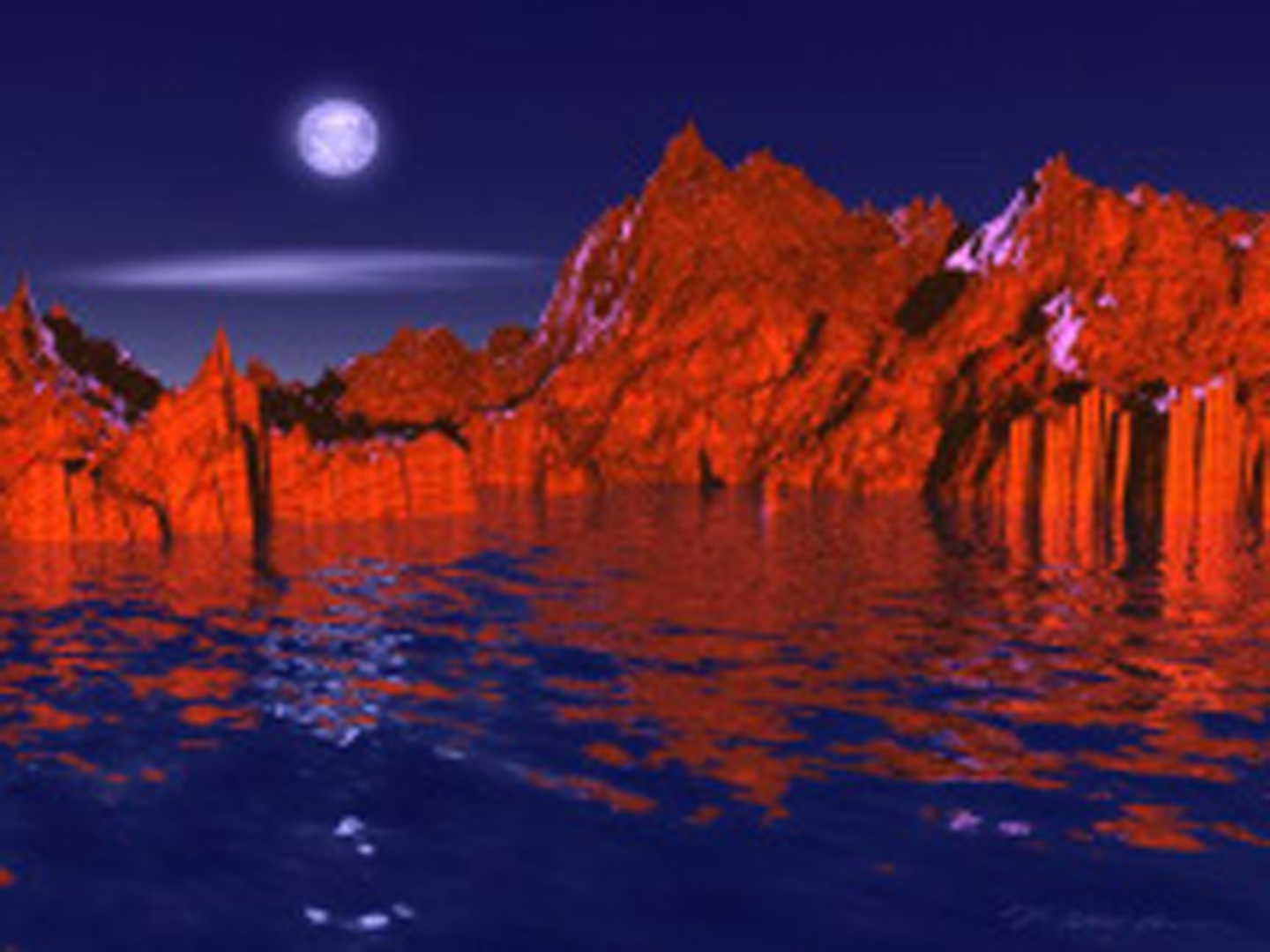“A model for simulating the photographic development process on digital images” by Geigel and Musgrave
Conference:
Type(s):
Title:
- A model for simulating the photographic development process on digital images
Presenter(s)/Author(s):
Abstract:
In this paper we present a model for the simulation of the photographic development process for use on computer generated and other digital images. The model provides us with a tone reproduction operator based on photographic principles that mimics the creation process of black and white photographic prints. We focus on four characteristics of photographic materials: density response, spectral sensitivity, resolution and granularity. These characteristics are described quantitatively using empirical data thus making the simulation of the response of actual photographic materials a straight forward application of the model. The result of the simulation is a device independent image of floating point values between 0 and 1 which represent shades of gray on a linear scale. This image can be quantized for display on a given output device.
References:
1. C. Kolb, D. Mitchell, and P. Hanrahan, “A Realistic Camera Model for Computer Graphics”, Computer Graphics (SIGGRAPH ’95 Proceedings), pp 317-324, 1995.
2. M.Potmesil and I. Chakravarty, “Synthetic Image Generation with a Lens and Aperture Camera Model”, ACM Transaction on Graphics, 1(2), pp 85-108, April 1982.
3. J. Tublin and H. Rushmeier, “Tone Reproduction for Realistic Images”, IEEE Computer Graphics and Applications, 13(6), pp 42-48, November 1993.
4. G. Ward, “A contrast-based scalefactor for luminance display” in P.S. Heckbert, ed, Graphics Gems 1V, Academic Press Professional, 1994.
5. J.A. Ferwerda, S.N. Pattanaik, P. Shirley, D.P. Greenberg, “A Model of Visual Adaptation for Realistic Image Synthesis”, Computer Graphics (SIGGRAPH ’96 Proceedings), pp.249-258, 1996.
6. G. Spencer, P. Shirley, K. Zimmerman, D.P. Greenberg, “Physically-based Glare Effects for Digital Images”, Computer Graphics (SIGGRAPH ’95 Proceedings), pp 325-334, 1995
7. A. Adams, The Negative, New York Graphic Society, 1981.
8. C.A. Poynton, A Technical Introduction to Digital Video, John Wiley and Sons, 1996.
9. T.H. James, ed., The Theory of the Photographic Process, 4th Edition, Macmillian, 1977
10. G. Wyszecki and W.S. Styles, Color Science -Concepts and Methods, Quantitative Data and Formulas, John Wiley & Sons, 1967
11. H.N. Todd and R.D. Zakia, Photographic Sensitometry: The Study of Tone Reproduction, 2~ Ed., Morgan and Morgan, 1974.
12. American National Standards Institute, “Method for Determining Speed of Photographic Negative Materials (Monochrome, Continuous-Tone)”, ANSI Standard PH2.5-1979.
13. American National Standards Institute, “Black and White Continuous Tone Papers – Determination of ISO Speed and ISO Range”, ANSI Standard ANSI/NAPM IT2.2-1993.
14. J.C. Dainty and R. Shaw, Image Science: principles, analysis, and evaluation of photographic-type imaging processes, Academic Press, 1974.
15. J.H. Altman, “The Sensitometry of Black and White Materials”, in T.H. James, ed., The Theory of the Photographic Process, 4th Edition, Macmillian, 1977
16. J.J. DePalma and J. Gasper, “Determining the optical properties of photographic emulsions by the Monte Carlo method”, Photographic Science and Engineering, 16(3), May/June, 1972.
17. American National Standards Institute, “Determination of ISO Resolving Power”, ANSI Standard PH2.33-1993.
18. D.H. Kelly, “System Analysis of the Photographic Process. I. A Three-Stage Model”, Journal of the Optical Society of America, 50(3), March,1960.
19. Silicon Graphics, Inc, ImageVision Library, Silicon Graphics, Inc, Mountain View, CA,
20. G. Ward, “The RADIANCE Lighting Simulation and Rendering System”, Computer Graphics (SIGGRAPH ’94 Proceedings), pp 459- 472.
21. R.W.G. Hunt, The Reproduction of Colour in Photography, Printing, and Television, 5th Ed., Fountain Press, 1995.




